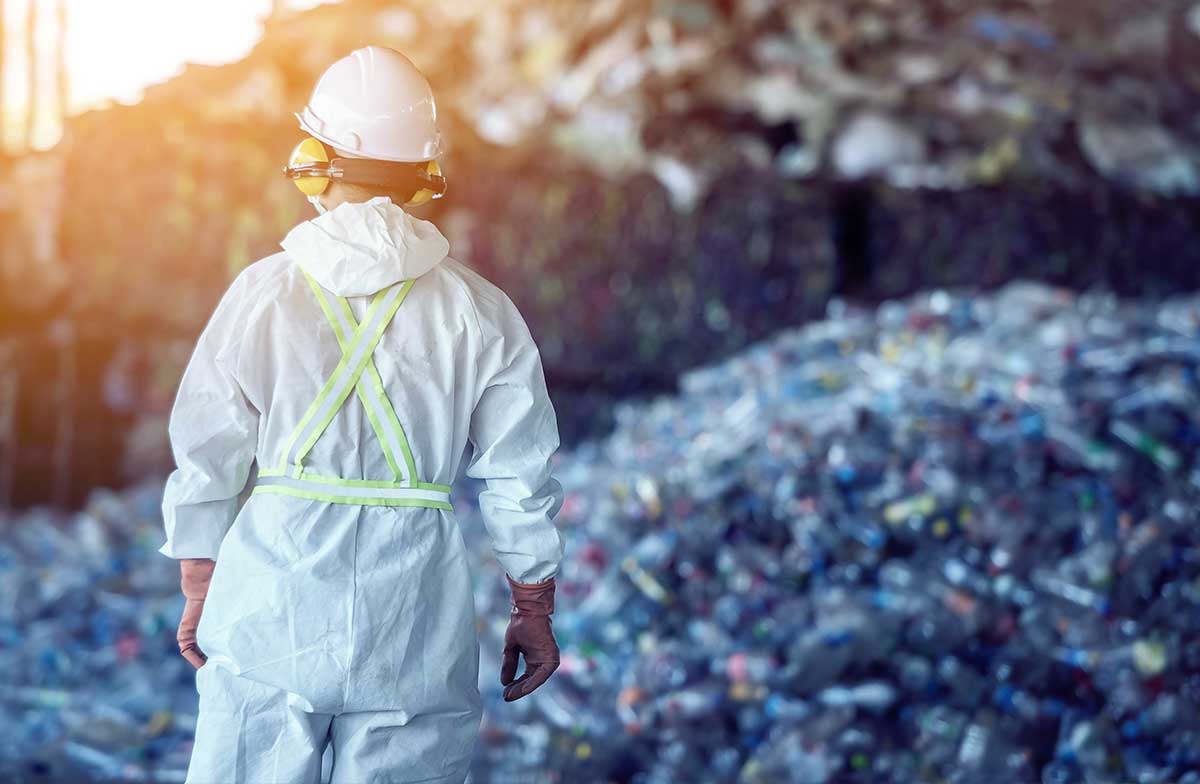Waste to Energy
When customers put their trash out for pickup, it’s just the beginning. From the moment waste leaves the curb, it can go to a recycling center to be repurposed for further use; to a power plant for use as a renewable energy; to a composting facility where organic waste is converted into a nutrient-rich soil amendment or fuel; or to a landfill where the methane it emits as it decomposes can be captured and burned as energy.
Our goal is to recycle more than 20 million tons of waste by 2030. We aim to recycle 6.6 million tons of paper, resulting in savings of: 107 million trees, 23 million cubic yards of landfill space, 27 billion kilowatts of energy, and 46 billion gallons of water. The amount of energy saved from this project alone could power 937 thousand households. This project seeks to create enough energy from waste to power nearly 1.2 million homes — the equivalent of almost 23.5 million barrels of oil or nearly 6.1 million tons of coal.
This project would generate electricity by using municipal solid waste as a fuel. Municipal solid waste is converted to energy through carefully controlled combustion, using advanced emissions-control equipment. The plants we will build, will reduce the volume of the waste up to 90 percent, saving valuable space in landfills, and they provide a clean alternative to the use of fossil fuels

More than 38,000 tons of aluminum saving 167,000 cubic yards of landfill space.

More than 615,000 tons of Construction & Demolition materials.

More than 2.5 million tons of mixed organic material.

Nearly 229,000 tons of plastics saving 1.7 million cubic yards of landfill space.

Nearly 741,000 tons of glass saving 1.5 million cubic yards of landfill space.
Objectives:
- Support green projects worldwide.
- Focus on our customers’ sustainability needs.
- Reduce and recycle waste.
- Convert waste into renewable energy, fuels, and chemicals.
- Manage our waste treatment systems, materials processing, and disposal facilities to exceed regulatory obligations.
- Act as responsible stewards of the land.

Experts & Strategic Consultants

Dr. Bassem Nassouhy
Member of the Committee,
World Green Growth Summit





